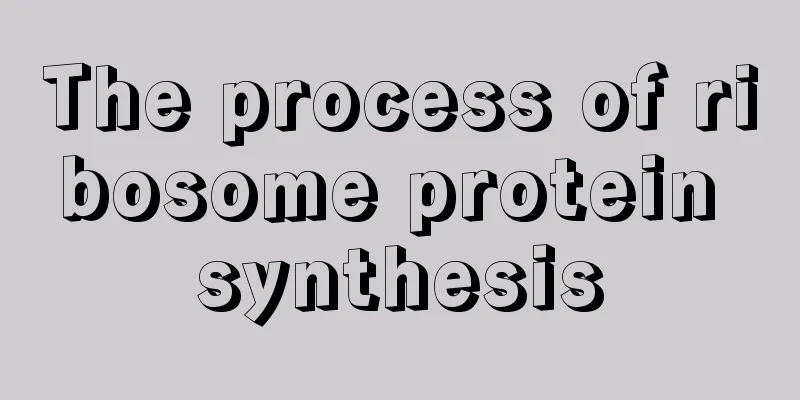The process of ribosome protein synthesis

|
Modern biology has developed to an unprecedented level and is able to analyze the composition of the body from a microscopic perspective. Among them, ribosomes are the most important microscopic substances discovered so far. They are the most basic component of the human body. Ribosomes have many functions, among which protein synthesis is their most basic ability. Let's take a look at the process of protein synthesis by ribosomes. Protein synthesis refers to the process by which organisms synthesize proteins according to the genetic information on messenger RNA (mRNA) transcribed from deoxyribonucleic acid (DNA). Protein biosynthesis is also called translation, which is the process of converting the base sequence in the mRNA molecule into the amino acid sequence in the protein or polypeptide chain. Synthesis process: There are many differences in the protein synthesis process between prokaryotes and eukaryotes. The process in eukaryotes is more complicated. The following focuses on the process of protein synthesis in prokaryotes and points out the differences between prokaryotes and eukaryotes. Protein biosynthesis can be divided into five stages: activation of amino acids, initiation of polypeptide chain synthesis, elongation of peptide chains, termination and release of peptide chains, and processing and modification after protein synthesis. Synthesis location: The ribosome is like a small mobile factory that rapidly synthesizes peptide chains along the mRNA template. Aminoacyl tRNA enters the ribosome at a very high rate, transfers the amino acid to the peptide chain, and is then expelled from the ribosome from another location. The elongation factor also continuously binds and dissociates from the ribosome. The ribosome and additional factors together provide the active area for each step of protein synthesis. Regulation of protein synthesis The rate of protein synthesis in organisms is regulated and controlled primarily at the transcription level and secondarily during the translation process. It is affected by many factors such as gender, hormones, cell cycle, growth and development, health status and living environment, as well as changes in numerous biochemical substances involved in protein synthesis. Since translation and transcription in prokaryotes are usually coupled and the life span of mRNA is short, the rate of protein synthesis is mainly determined by the rate of transcription. Attenuation is a way of regulating translation rate by first affecting transcription through excess or deficiency of translation products. The structure and properties of mRNA can also regulate the rate of protein synthesis. |
<<: Large muscle group training plan
>>: Symptoms of excess protein
Recommend
Two common methods for treating advanced ovarian cancer
Ovarian cancer is a very serious malignant tumor ...
What are the mid-term symptoms of lung cancer? 4 symptoms of lung cancer
Lung cancer is a common malignant tumor disease. ...
What's the matter with the bad smell and secretion from the belly button
The belly button is a part that is easily overloo...
How to remove tea stains from cups?
In life, many people like to drink tea, but peopl...
What should I do if I can’t fall asleep at night
Many people who set up stalls find it difficult t...
Introduction of Lysine Hydrochloride Granules
Lysine hydrochloride is the first amino acid our ...
How to cure bone metastasis of nasopharyngeal carcinoma
How to treat bone metastasis of nasopharyngeal ca...
What medicine is better for insufficient gastric motility
The general way to relieve gastric motility defic...
What kind of exercises can patients with colorectal cancer do
Colorectal cancer is a tumor disease that is harm...
Is endocrine therapy for prostate cancer effective?
Endocrine therapy is mainly a treatment that bloc...
What is the reason for a burning sensation at the urethra?
Due to its location, the urethra is prone to accu...
What to do if sea cucumbers get moldy
The nutritional value of sea cucumbers is self-ev...
What causes stomach cramps?
The causes of abdominal cramps and pain are actua...
Can you feel the early symptoms of testicular cancer?
The early symptoms of testicular cancer are usual...
How to treat frontal sinusitis
Frontal sinusitis is a relatively common nasal sy...









